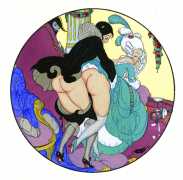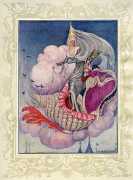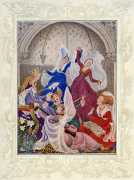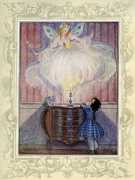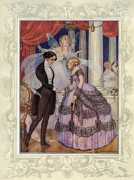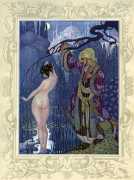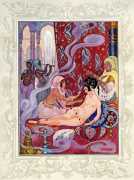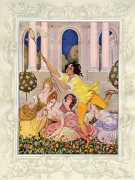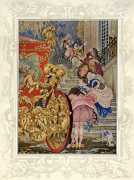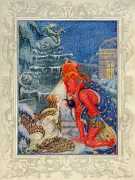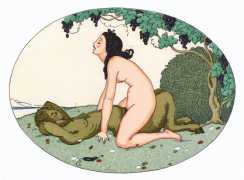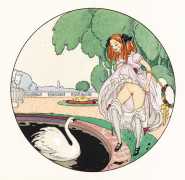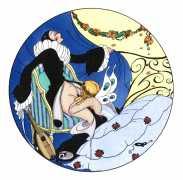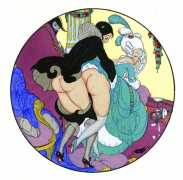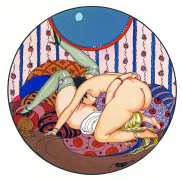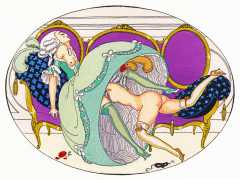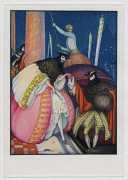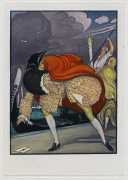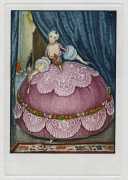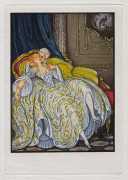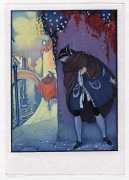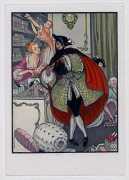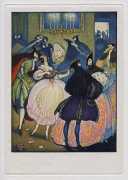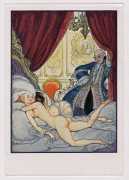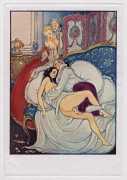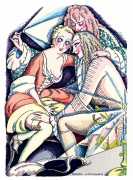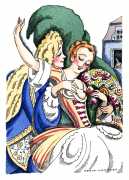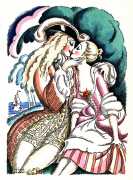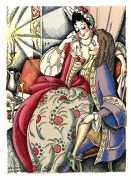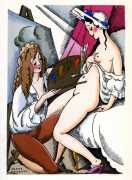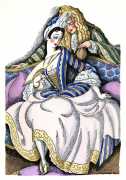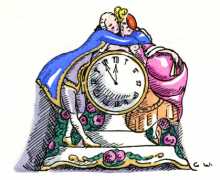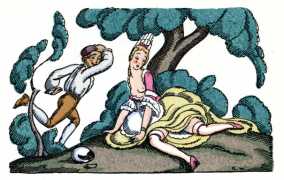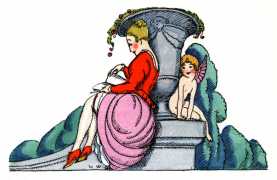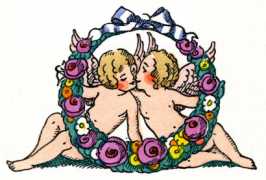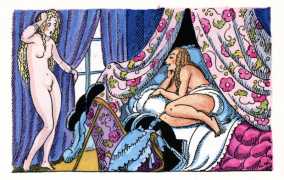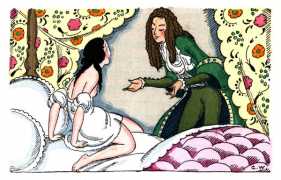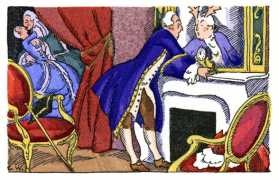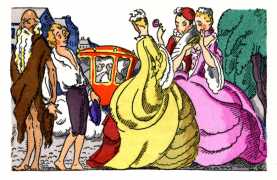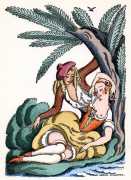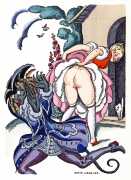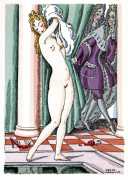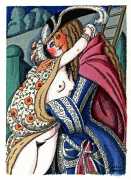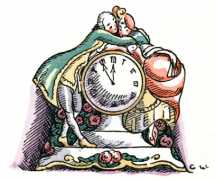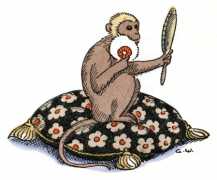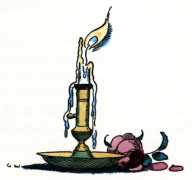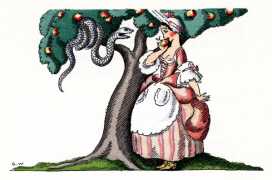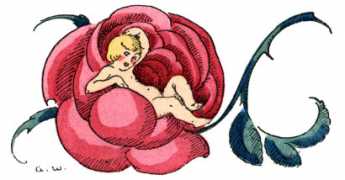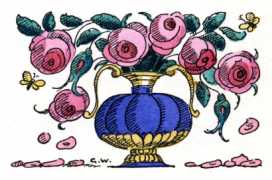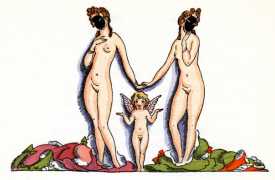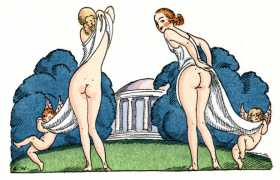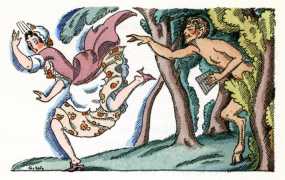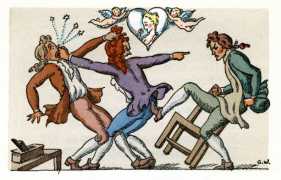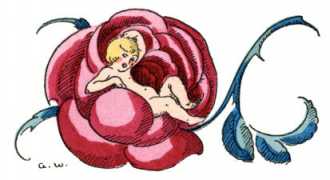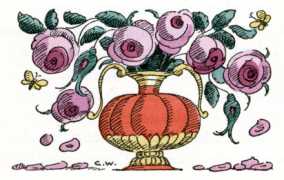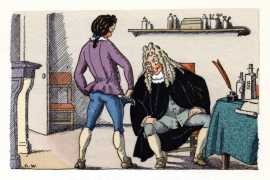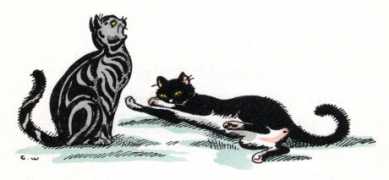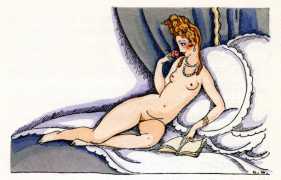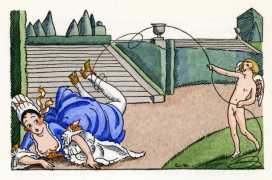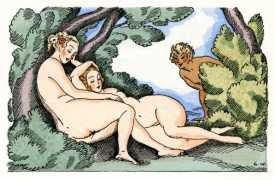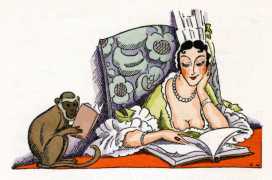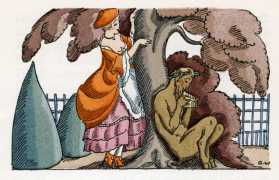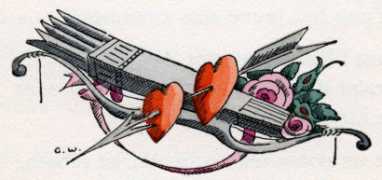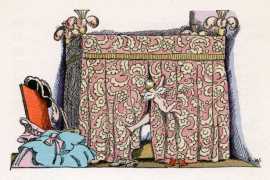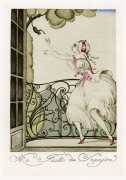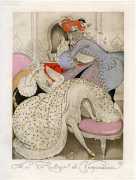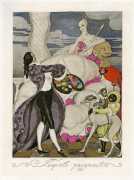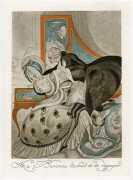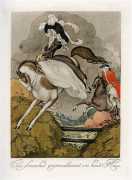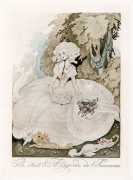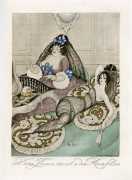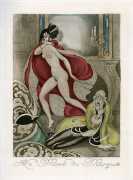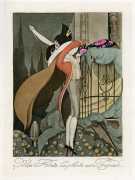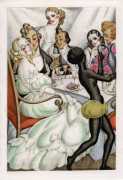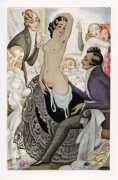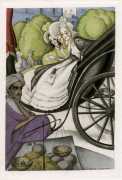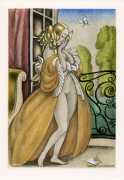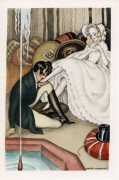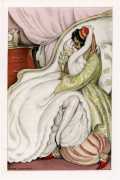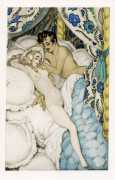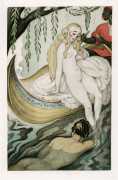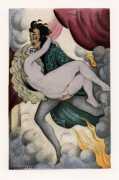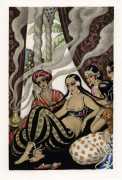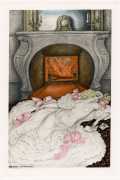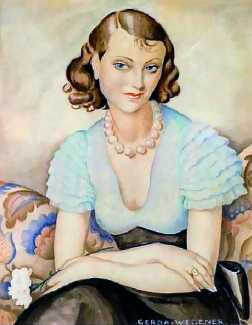
Gerda Wegener, almost forgotten for half a century, has reemerged from the shadows as one of the most talented and courageous artist-illustrators of the early twentieth century. As an artist she helped set the style of avant garde Paris, and as a fearless and liberated woman she pioneered gender freedom and political activism.
Born Gerda Gottlieb, she grew up in rural Denmark near the city of Grenå. She showed artistic talent at a young age, and when she had left school she studied at the Royal Danish Academy of Fine Arts in Copenhagen. It was here that she met fellow artist Einar Wegener, and they married in 1904. At the time Einar was considered the more talented artist, but he encouraged Gerda in her adventurous and unconventional work. In the Denmark of the period the preferred style was realistic portrayals of Danish rural life, and though she had some success with Copenhagen galleries Gerda’s stylised portraits and landscapes were mostly considered too modern.
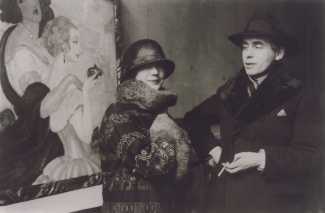
To escape the ties of Danish conservatism, Gerda and Einar travelled in Italy and France before settling in Paris in 1912, but while they were still living in Copenhagen Einar had already started cross-dressing, enjoying the freedom of exploring a female persona they both called Lili Elbe. It was a journey in breaking down gender boundaries which would eventually lead to Einar becoming a male-to-female transgender woman. After several years of living mostly as Lili Elbe, in 1930 she had the first known sex reassignment surgery in history, only to die a year later when the fledgling treatment failed.
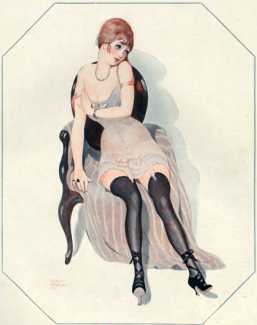
Once established in Paris, the couple immersed themselves in the Bohemian lifestyle of the time, befriending artists, dancers and gallery owners, and were often seen at parties and dances dressed in the latest fashions. Gerda’s colourful graphic style and attention to detail caught the eye of the magazine editors of the day, and she readily found work as an illustrator for Vogue, La Vie Parisienne, and several other fashion magazines. During the First World War she was vehemently partisan for her adopted country, and regularly produced artwork for patriotic posters and the nationalist weekly La Baïonnette.
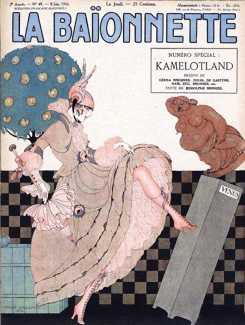
By mid-1914 Gerda Wegener was firmly established in the Paris art scene, and the great Guillaume Apollinaire was singing her praises in Paris-Match, where he wrote ‘Mrs Wegener’s graceful and unprudish drawings have brought her great success and recognition as one of Paris’s own’. She continued to be highly regarded throughout the 1920s; the French state bought three of her paintings and she won two gold medals at the 1925 Exposition Internationale des Arts Décoratifs et Industriels Modernes for her book illustration and stained glass.
Throughout this period Einar/Lili had remained Gerda’s chief muse and support, and when he died in 1931 she was devastated. Within a few months she married Fernando Porta, an Italian diplomat and aviator who was ten years her junior, and moved with him to Morocco. She continued to paint, signing her paintings Gerda Wegener Porta, but the marriage was not successful and they divorced in 1936. Gerda returned to Denmark in 1938 and held her last exhibition in Copenhagen in 1939, but by this time her artwork was out of style, and she died in relative obscurity.
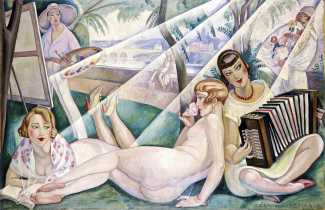
To what extent Gerda Wegener’s art and her own sexuality were connected is a fascinating question. There is no doubt that sensual and sexual intimacy fascinated her, both same-sex and cross-gender, and the illustrations in Les délassements d’Eros hint strongly at personal lesbian experience. It has been suggested that Einar and Gerda both knew they were gay when they married and used their relationship as cover, but it is much more likely that they discovered they very much enjoyed exploring gender boundaries together, both with each other and within the libertine artistic setting of the Paris they came to call home. If there is a tragic aspect to their story, it is that they were born a century too early to be allowed to express themselves fully.
In 2015–16 the Arken Museum of Modern Art in Denmark hosted a major exhibition of Gerda Wegener’s work. The accompanying book, simply entitled Gerda Wegener, includes several essays exploring her life and work, and is the most complete survey of her work currently available.
The Danish Girl, David Ebershoff's 2000 novel about Einar/Lili and Gerda, became an international bestseller, and in 2015 was made into a film in which Gerda is portrayed by Swedish actress Alicia Vikander and Einar/Lili by British actor Eddie Redmayne. Both novel and film contain major historical inaccuracies and simplifications, and while entertaining, with excellent performances by Vikander and Redmayne, Gerda’s role and complex personality are seriously understated, to the extent that it is unclear whether Gerda or Lili is ‘The Danish Girl’ in question – a film to be watched very critically.

